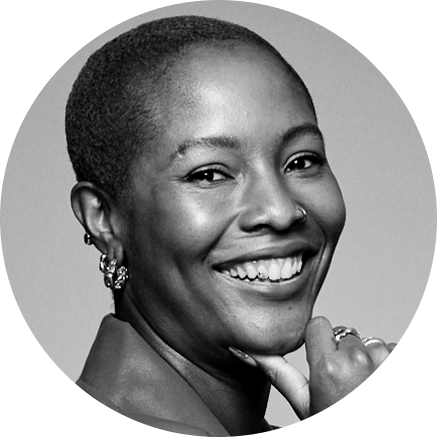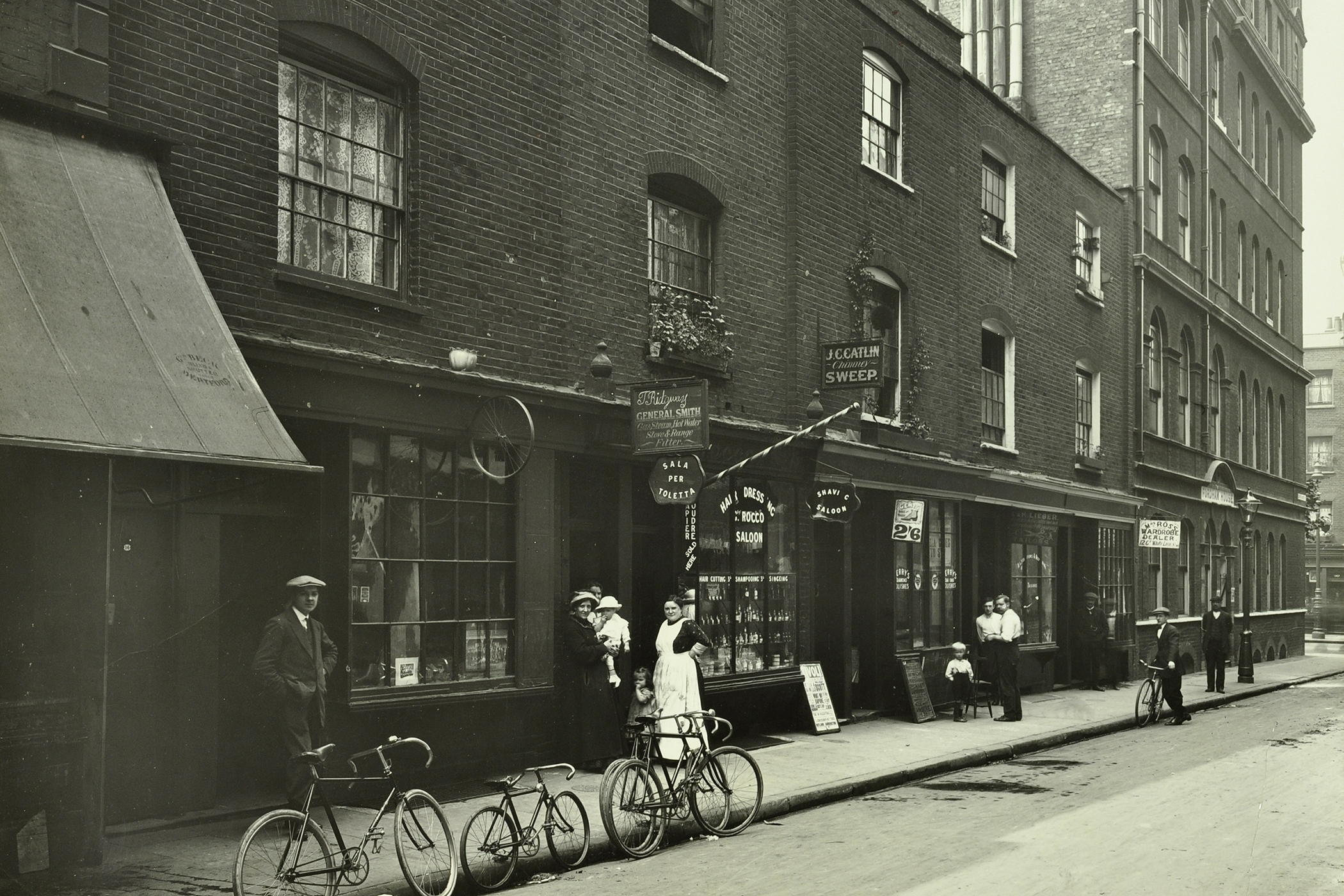Listen to Liv Little discuss Jacqueline Wilson on this week’s episode of We Have Notes.
You’d be hard-pressed to find a 90s girl who didn’t grow up immersed in the work of Jacqueline Wilson. We devoured The Illustrated Mum – her book about two sisters navigating their mother’s mental health crises – and obsessed over the Girls in Love series, which chronicled the highs and lows of female friendship, crushes and all the awkward bits of growing up. Wilson rose to prominence after The Story of Tracy Beaker, the tale of a bolshy, creative girl growing up in “the Dumping Ground” care home, became a global sensation in the 90s and 00s. Since then, she has sold at least 40m copies of her more than 100 children’s books, many centred on working-class girls.
I was nearing the middle to late stage of primary school when I discovered Wilson. Many of my peers and I had been hooked on stories of magical realism and sci-fi up until that point. Wilson’s more grounded world arrived just as we were learning to read ourselves to sleep – no longer being tucked in by our mums. Rather than transporting us to faraway lands or a cosy middle-class fantasy of tea parties and ponies, she brought us closer to ourselves and the experiences of other children. Her characters exist in the liminal space in which you no longer feel like a child, but adulthood is far out of reach. Nick Sharratt’s simple illustrations also spoke to that negotiation.
Like Rosa Guy, who wrote for Black teenage girls in Harlem in the 70s, Wilson refused to infantilise her readers. She spoke to us as the mature, curious consumers of culture that we were. Wilson tackled the hard stuff – the intensity of first loves, body shame, grooming and survival – with humour and empathy from the point of view of complicated girls and the women who raised them. Growing up as a Black girl in the early 00s, I largely sought representation in glossy American sitcoms (because where else was I to be seen?) and, as much as I enjoyed the more Disneyfied programming, I was drawn to the grit of Wilson’s writing because it felt truer. If her stories didn’t exactly speak to what was happening in my world, it didn’t matter; the intensity of feeling could still be shared and understood.
Wilson has proved a divisive figure among parents over the years, with some claiming that the themes she tackles are too depressing and portray an unnecessarily unhealthy version of family life. There are Reddit threads today that declare her work “inappropriate” for children, which makes me think about the recent banning of queer fiction in schools in middle America. But those who make this argument forget that Wilson isn’t writing for them; she’s writing for the girl version of herself – the one who grew up in a fractured home. She captures the feeling of helplessness that comes with being a child in this environment, which is why young readers fell in love with her stories, and why she’s built a cult following.
Picture Imperfect, the adult sequel to The Illustrated Mum released earlier this year, might not have fully satiated the appetite of the girls (now thirtysomethings) who once queued at Wilson’s signings and sent fan mail 20 years ago. Who cares? She’s given us so much. Today, it’s not unusual to find books covering the topics she delved into, but when I was growing up, you would have struggled to find work of a similar tone for teenage girls.
In her review of Jade LB’s Keisha the Sket (a viral teenage story of Black-British girlhood), Candice Carty-Williams, author of Queenie , made me think about literary foremothers. I’d argue that Wilson is most definitely one. She has given a generation of women permission to write about the uncomfortable parts of our lives, particularly around the expectations and burdens of womanhood. She didn’t just write about nice girls, because what fun would that have been?
As a writer whose work has been described as concerning “twentysomething girlies who don’t know what the fuck is going on”, I’d like to think I’m building on the tradition of writers such as Rosa Guy and Jacqueline Wilson, who so deftly captured the experiences of the girls they were speaking to. When Wilson was first publishing, the market was altogether more conservative. Now the shadow sides of ourselves are proving to be just as – if not more – alluring than the neat storylines of traditional childhood literature. Depictions of girls trying to make their way in the world have exploded in film, TV and fiction – and the creative landscape is all the better for it.
Photograph by PA



